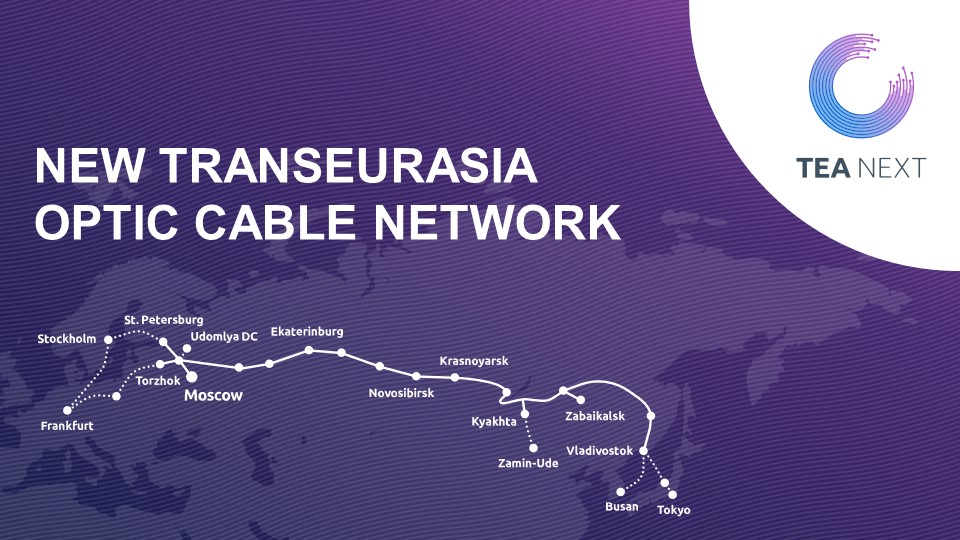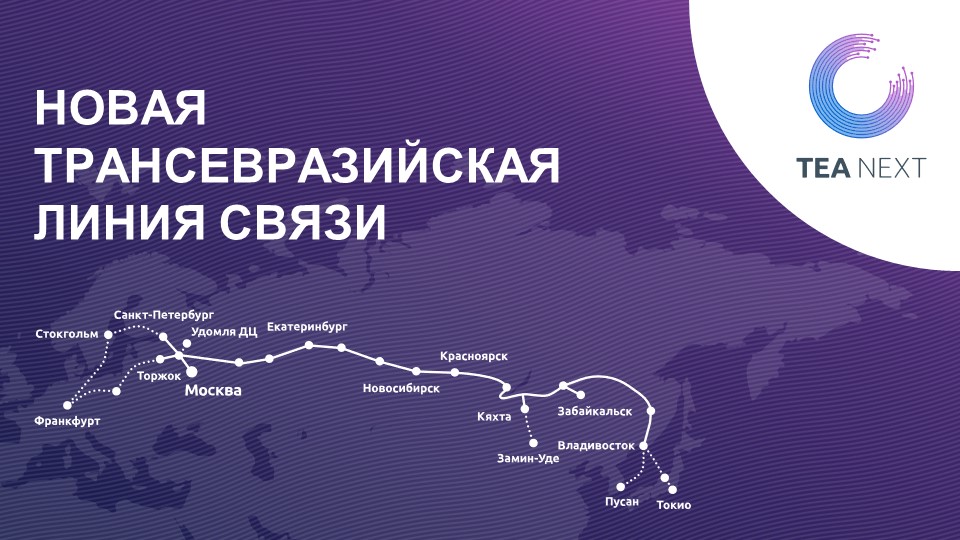Rostelecom to invest $500 million in a transit line for traffic from Europe to Asia
Rostelecom is launching a project to build a new fiber-optic communication line for the transit of traffic from Europe to Asia under the working name TEM NEXT, the company said in a statement received by RBC. The total investment will be about $500 million over several years. To implement the project, Rostelecom has created a new company Atlas, which will involve financial and strategic partners — one of the Russian banks, as well as a group of foreign investors and telecom operators. Their names are not disclosed — as the representative of Rostelecom explained, negotiations with potential partners are still ongoing.
The operator's announcement notes that future customers will be able to use the infrastructure of so-called dark fibers and place their own equipment along the route of the new line, which is widely used in the business models of marine submarine cables, but until now was not available to customers of land lines.
The infrastructure of fiber-optic communication lines of Russian operators in the direction from west to east was built in the 1990s and 2000s, and over the next five to ten years it will need to be replaced or significantly updated, Natalia Kryuchkova, Vice President for work with telecom operators of Rostelecom, is quoted in the message. She believes that by the time TEA NEXT is completed, its resources "may be in demand not only by the company itself, but also by a large number of other Russian operators." The new cable is guaranteed to last until 2045.
The fact that Rostelecom plans this year to start construction of a new communication line for transmitting traffic from Europe to Asia, at the end of April, in an interview with RBC, said the president of the operator Mikhail Oseevskiy. According to him, the new highway was planned to be built in three years, it will stretch from the European borders of Russia to Vladivostok and further to Hong Kong, the main Asian traffic exchange point. "Within the carrier segment, international traffic is growing very rapidly due to the development of the industrial Internet, and more and more Chinese and other Asian manufacturers are interacting with companies in Europe. When transmitting this traffic, a minimum delay is needed, which can be ensured by using the territory of Russia for data transmission between Europe and Asia," Oseevskiy noted. However, Rostelecom did not disclose the amount of investment, the names of partners and other details at that time.
Rostelecom already has a fiber-optic backbone connecting China to Europe via Russia. In addition, the company owns a line connecting Frankfurt with the capital of the Sultanate of Oman — Muscat — through Eastern Europe, Russia, Azerbaijan, Iran and the Persian Gulf; two underwater cables connecting Nakhodka and the Japanese city of Naoetsu; Novorossiysk — Poti cable in the Black Sea. At the end of 2019, the services of telecom operators accounted for 16% of Rostelecom's revenue, or more than 55 billion rubles.
June 17th 2020
More details:


